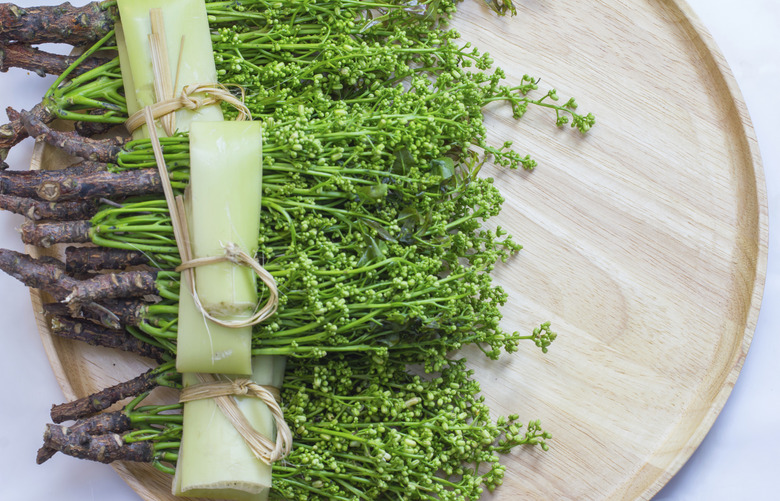Why Is Quinine Fluorescent?
Once frequently used to treat malaria, quinine is an alkaloid found in the bark of the cinchona tree. It is sometimes found in tonic water, and it also happens to be fluorescent. Under a black light, quinine will glow blue.
Black Lights
Black Lights
A black light is also called an ultraviolet light; it emits some parts of the electromagnetic spectrum that are not visible to the unaided human eye.
Why Quinine Glows
Why Quinine Glows
Quinine contains rare earth compounds called phosphors. These substances glow when they are hit with particular wavelengths of the EM spectrum, including UV light. Phosphors absorb UV light and then emit it in their own color. Thus, the black light's UV radiation is absorbed by the phosphors in the quinine, and then emitted again in the form of glowing blue light.
Cite This Article
MLA
Morgan, Sam. "Why Is Quinine Fluorescent?" sciencing.com, https://www.sciencing.com/quinine-fluorescent-5344077/. 24 April 2017.
APA
Morgan, Sam. (2017, April 24). Why Is Quinine Fluorescent?. sciencing.com. Retrieved from https://www.sciencing.com/quinine-fluorescent-5344077/
Chicago
Morgan, Sam. Why Is Quinine Fluorescent? last modified March 24, 2022. https://www.sciencing.com/quinine-fluorescent-5344077/
